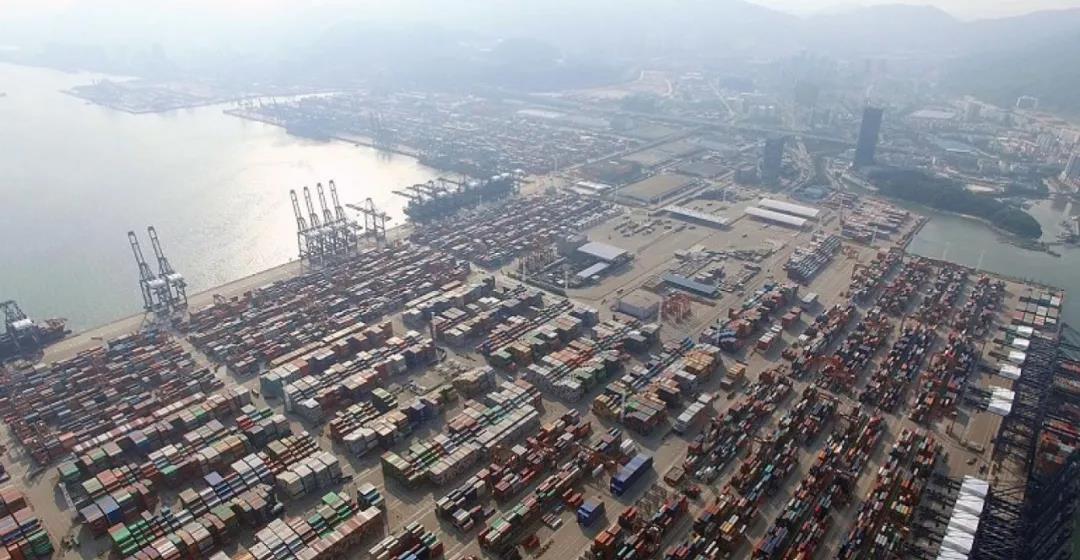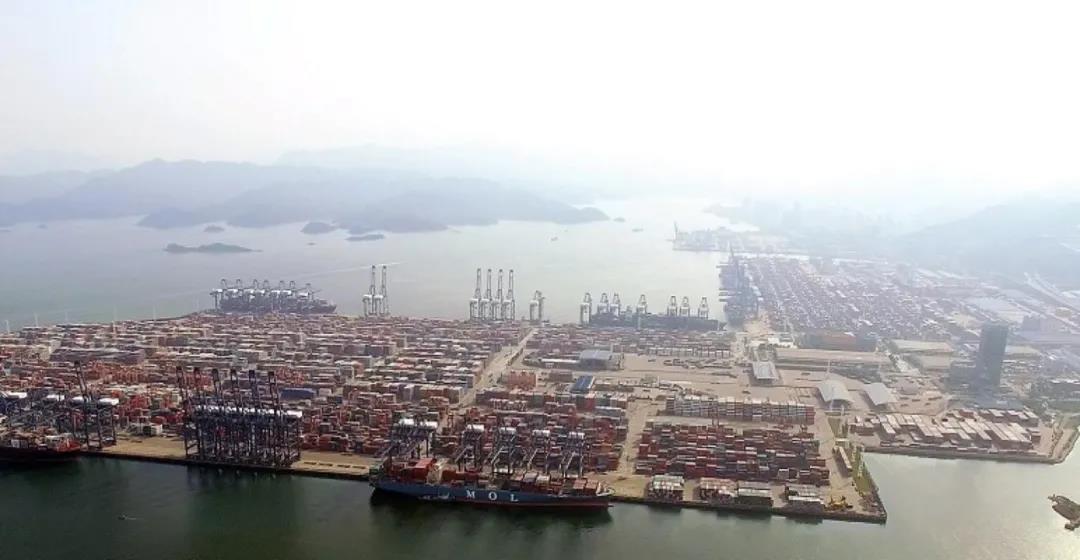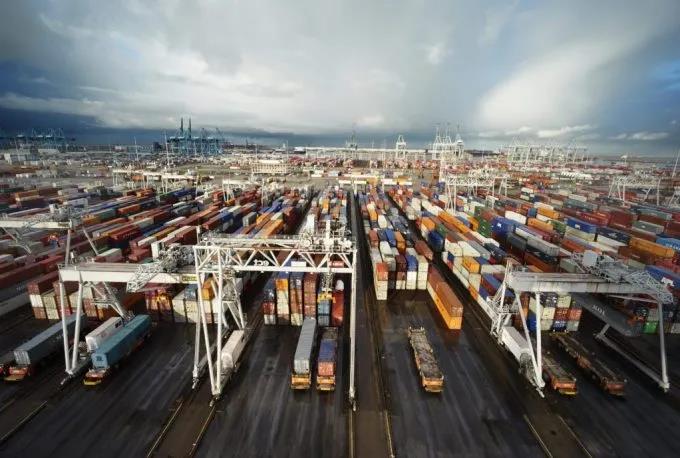The congestion of Yantian Port has extended to the surrounding ports. Due to the cancellation of a large number of ships from the severely congested Yantian port, it has brought a serious burden to the surrounding ports - the delays of Nansha port and Shekou port continue to increase.

Affected by the congestion of Yantian port, the number of blank flights increased by 300% in the first half of June, and container freight continued to soar to an unprecedented level.
Project44 analysts said that from June 1 to 15, 298 global container liner trips were suspended, with a total capacity of more than 3million TEU, which means that the number of suspended trips within a month increased by 300%. Although not all air navigation is caused by Yantian international container terminal, its impact is obvious.
Josh Brazil, vice president of marketing at project44, said, "although Yantian port is the epicenter of the accident, these figures have brought trouble to the entire shipping industry, especially those companies that rely on these routes. Even freight that is not directly affected by the situation in Yantian will be implicated because operators adjust their networks to avoid congestion."
Josh Brazil said that as of June 24, the number of blank flights was still rising, and then will decline, depending on the port and South China to continue to control the epidemic.
Maersk said that as of June 21, the density of the parking lot in Nansha has reached 100%, and it is expected that ships in Nansha port will continue to be delayed for 4-5 days in the next week. Nansha only accepts export containers loaded seven days before the estimated arrival time of the ship, and only accepts them after confirming the advance booking of the truck transportation company at the dock. The supply of 40 foot containers in Yantian and Shekou is still tight, and Maersk recommends that customers use 20 foot containers instead.
Shekou port, including Chiwan container terminal, Mawan container terminal and Shekou Container Terminal, has tightened regulations to accept only locks loaded with export goods within four days before the estimated arrival time of ships.

Shekou port (including Chiwan container terminal, Mawan container terminal and Shekou Container Terminal) has tightened regulations and only accepts export reservations within 4 days before the arrival of the ship. As far as Yantian itself is concerned, Maersk reported that the operating capacity of the eastern area of the wharf is about 54% of the normal transportation capacity, and gradually recovers, and the density of the storage yard decreases to 60%. Maersk predicts that flights in Yantian will be "delayed for more than 4 days" in the coming week.
On June 21, Maersk reported that the number of ships operated by Maersk and its partners to cancel the attachment to Yantian increased from 84 last week to 90. The containers loaded with imported goods on these vessels are expected to be delayed by more than three weeks.
Project44 warns that even if operations return to normal, it may take several weeks to dispose of the backlog of containers. The analyst said: "if the Chinese authorities extend their strict control measures, the double-digit blank navigation rate per day may continue until July, causing chaos in the supply chain of this globally important port until the summer."
At present, the centralized transportation market is facing various problems caused by the backlog of goods, ship delays, port hopping, and the shortage of containers and shipping spaces. Some analysts said that once the port resumes normal operation, it is expected that there will be a surge in demand for goods exports in the next 2-5 weeks, as well as a chain reaction caused by the interruption of empty container allocation returning to South China. The subsequent impact of this event will last for more than half a year.
Ryan Petersen, chief executive of flexport, said that there was no single solution to the problem of shipping delays that disrupted the global economy. Solving this global shipping delay "may take some time", especially when the holiday season and Christmas are coming.
At the same time, the continuous congestion, transportation capacity and equipment shortage are driving the container freight rate rising. On June 17, Drury's world container composite index rose 3.4%, or US $231, to US $6957.44 /feu. The price in Shanghai Rotterdam increased by 6% over the previous week, reaching US $11196 per standard box, a year-on-year increase of 534%. Drury predicted that due to the implementation of gri, high production and equipment shortage, the rate will rise in the next week.

Congestion in South China has led to congestion surcharges imposed by shipping companies, and FAK and premiums continue to rise. In the week ended June 18, s&p global Platts said that the premium service charge for goods from North Asia to the Pacific coast of the United States was $9000-10000 /feu. The freight rate to the Atlantic coast of the United States (Transatlantic to the east of the United States) is significantly higher than that across the Pacific. All premium booking prices are more than $15000 /feu, but the source said that the freight rate is close to $18000 to $20000 /feu. "Premiums are approaching FAK rates in March and April," said a North American shipper Inland container circulation at the destination port is slow, empty flights increase, and freight rates rise further. Even premium services cannot guarantee shipping space. It is recommended to book the space four weeks in advance.
Asia America (trans Pacific route): there is a shortage of shipping space on the West / east coast of North America; Due to port congestion, shipping delays, capacity imbalances, inland transport delays, coupled with the continued strong demand for imports in the Americas and other factors, many shipping companies announced that they would start raising and levying gri and PSS in July; It is inevitable that freight rates will rise further in July. It should be noted that due to port congestion, transport capacity is in short supply, and empty container slewing pressure increases; The shipping company is limited to goods at inland points.
Asia Europe route: the European and Mediterranean markets have strong demand, and the shipping space is very tight. The SCFI index of the European line has risen steadily, and the freight rate has reached a record high; Due to the epidemic prevention and control measures in South China, the operation process of the wharf has been tightened and the operation is slow; Ships have canceled their attachment to Yantian Wharf in succession, and some goods choose to go north to ship from East China. The shortage of containers in the East China market will further intensify in the next few weeks. Freight rates will continue to rise.
This article is from the ocean shipping network